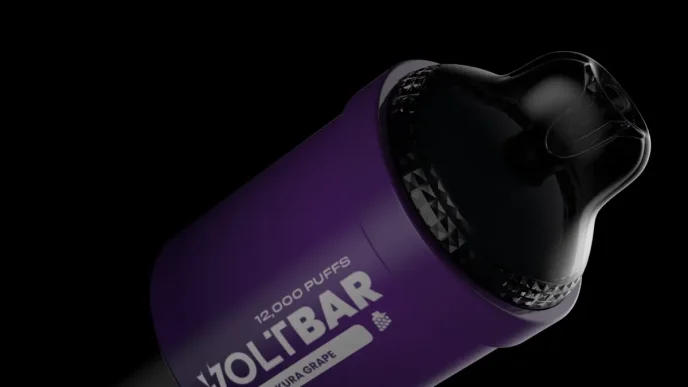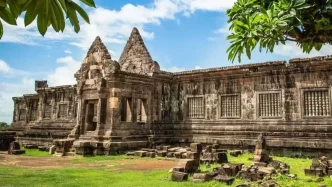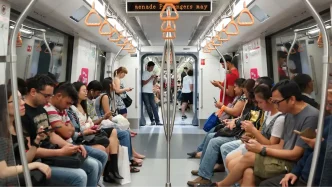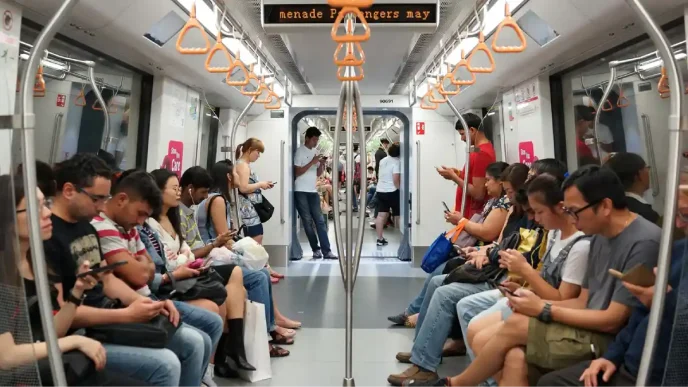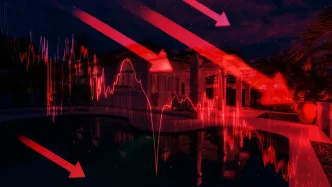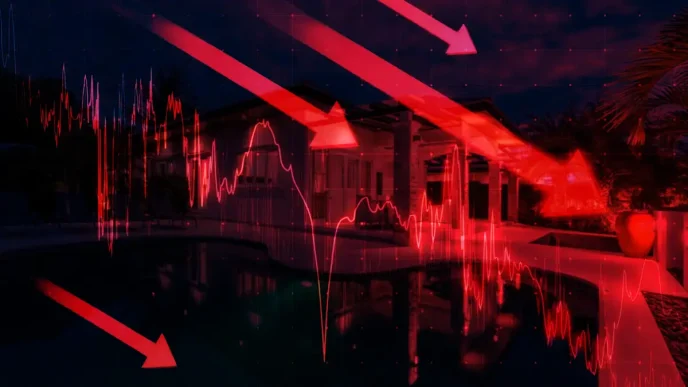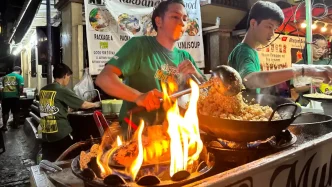Khon Kaen, Thailand’s fastest-growing city, pulses with opportunity as the commercial, political, and administrative heart of the Isaan region, home to one of the largest government workforces outside Bangkok. Beyond its dynamic urban core, this vibrant city welcomes a thriving community of expats and students, drawn to its affordable living and rich cultural tapestry. In the slow-paced embrace of Isaan, Khon Kaen offers an authentic taste of the “real Thailand,” where ancient traditions, warm hospitality, and serene landscapes invite visitors to savor a quieter side of Thai life.
Top Attractions
Wat Nong Wang
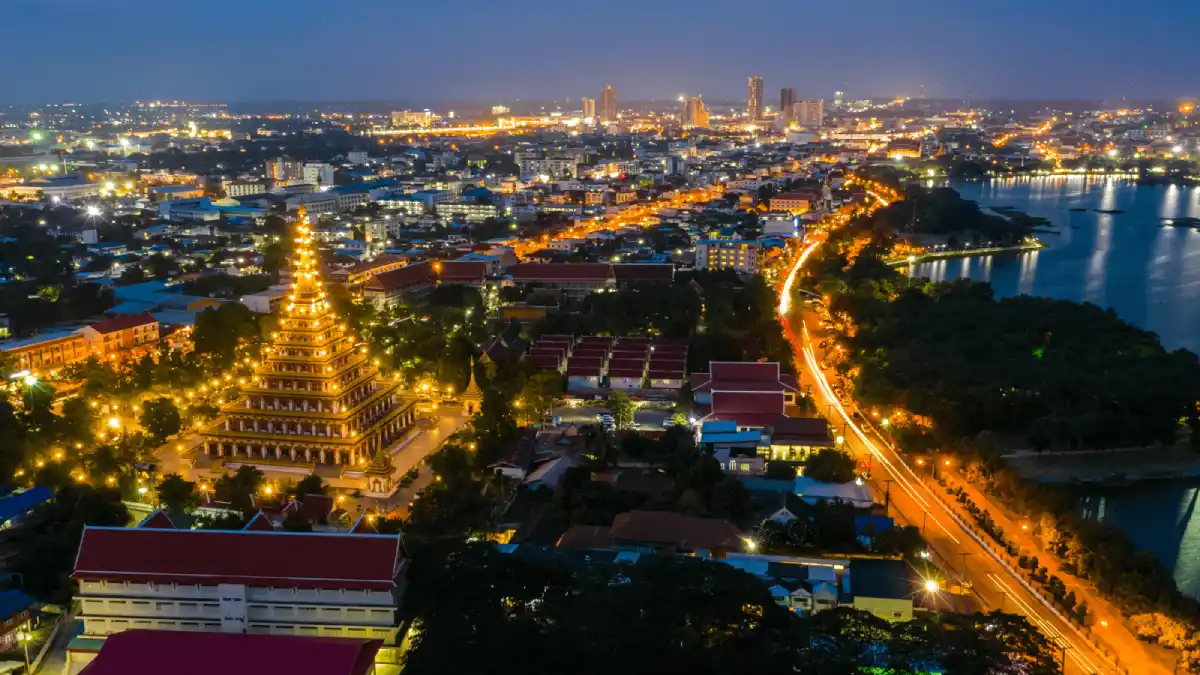
Nine-tiered stupa with sweeping city and lake views. The top floor offers a 360-degree panorama — especially magical at sunset.
Khon Kaen National Museum
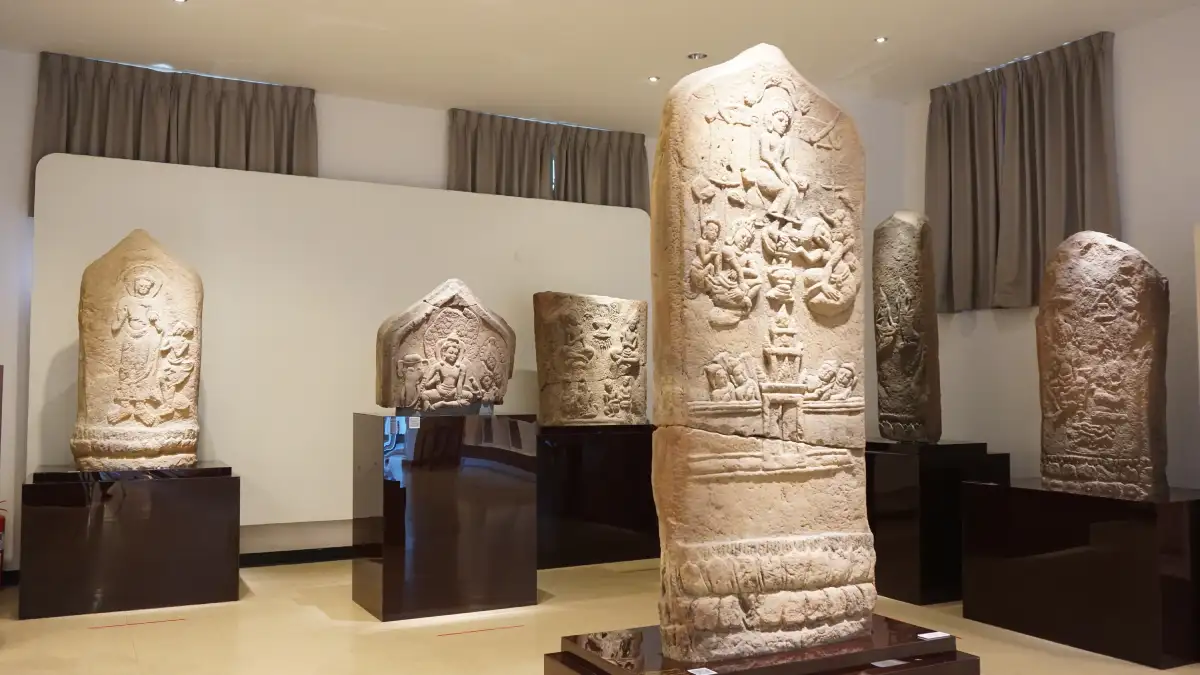
Covers Isan’s cultural history and the Ban Chiang prehistoric civilization. Great stop for history buffs.
Phu Wiang National Park
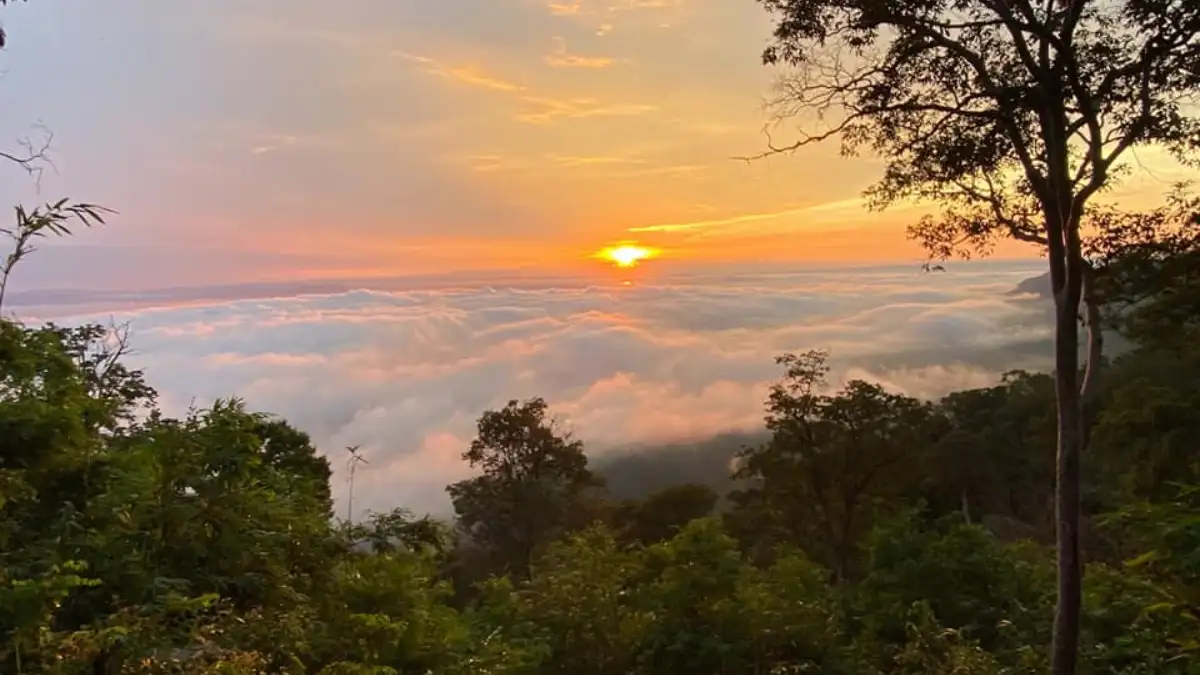
Home to dinosaur fossil sites and footprints, plus scenic trails and viewpoints.
Ubolratana Dam & Lake
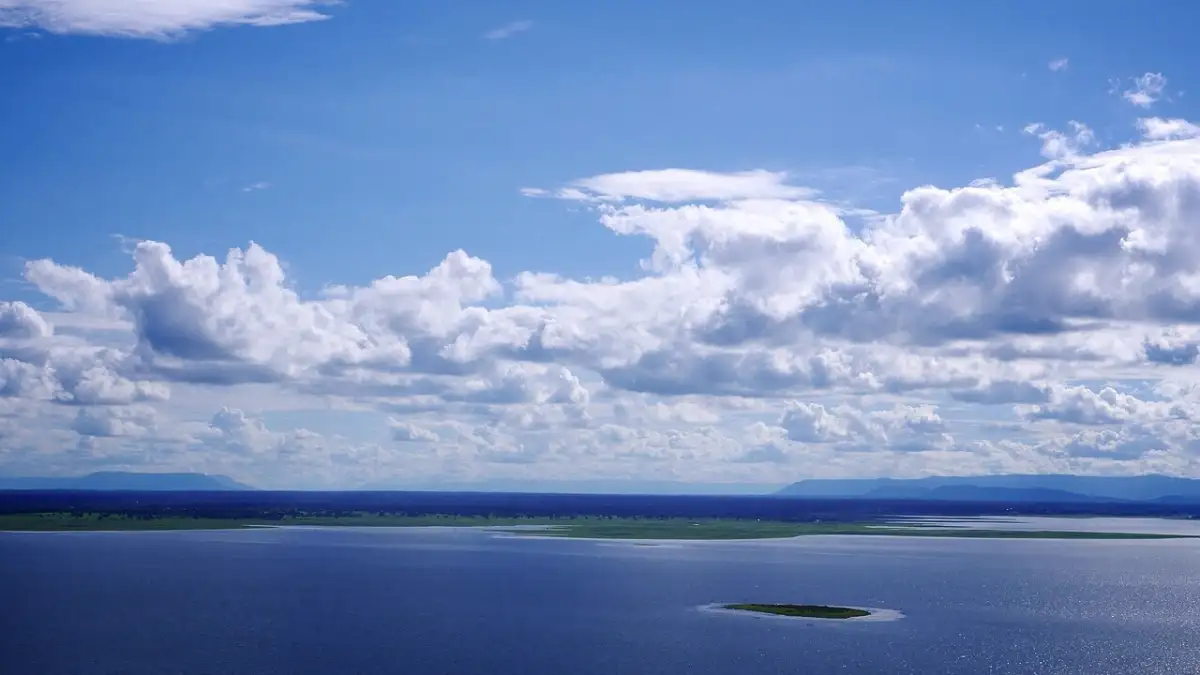
Peaceful reservoir surrounded by rolling hills — ideal for boat rides, fishing, and lakeside dining.
Ton Tann Market
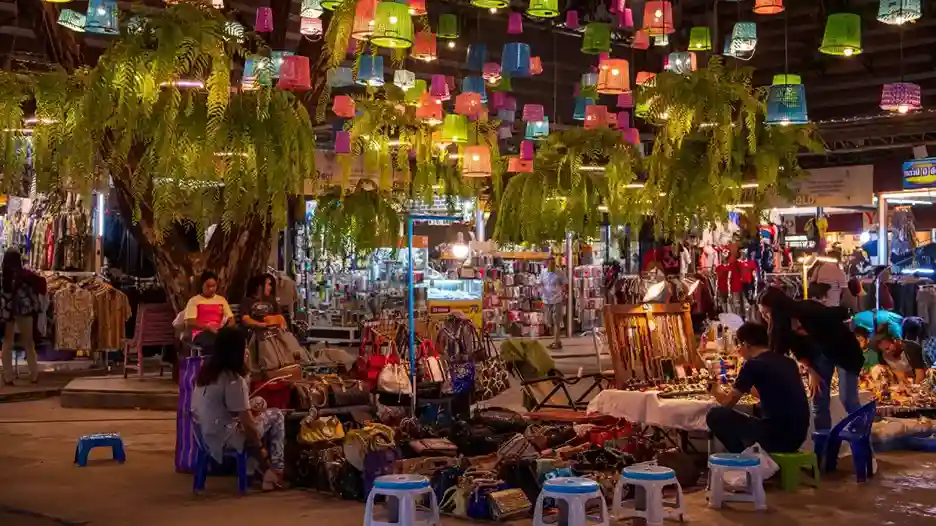
A lively evening market mixing food stalls, handicrafts, and live music.
Silk-Weaving Villages (Chonnabot District)
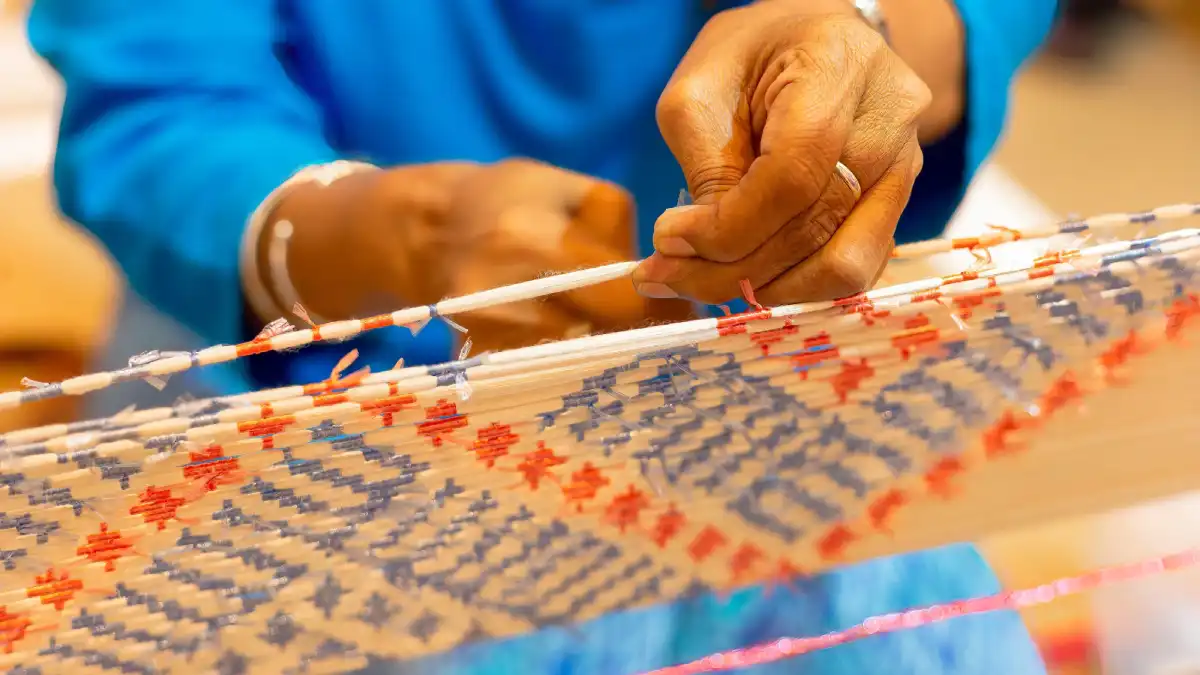
Traditional handwoven silk (Mudmee) in bright patterns — you can watch the weaving process and buy direct.
Food & Drink
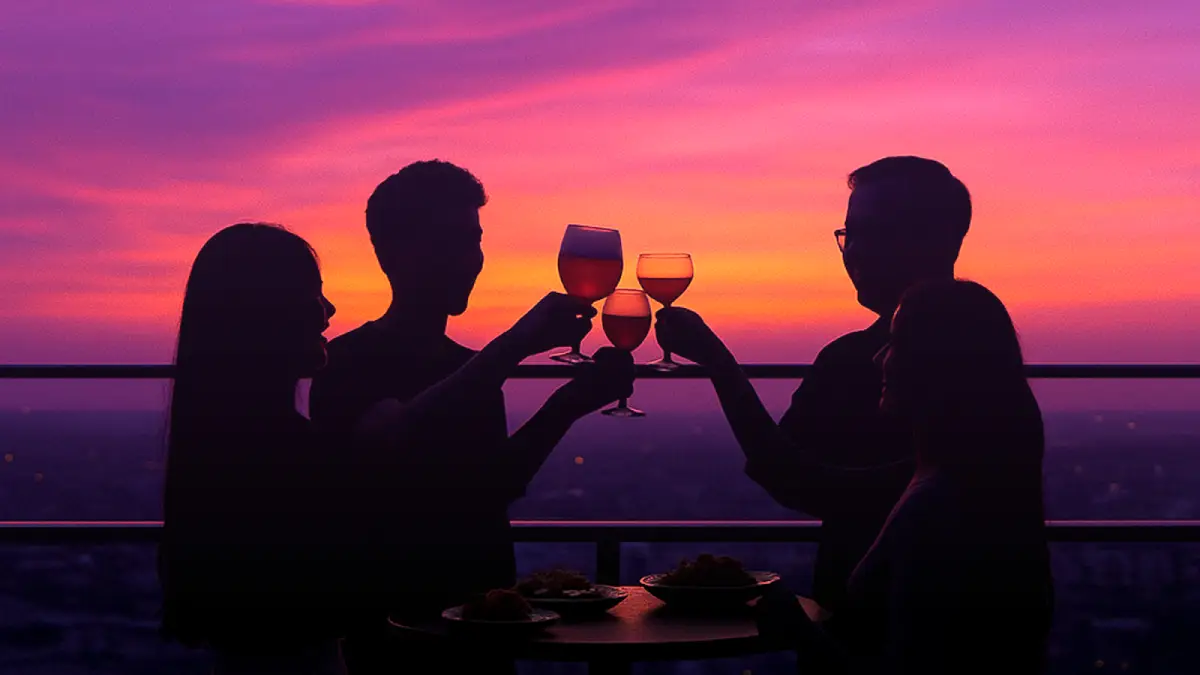
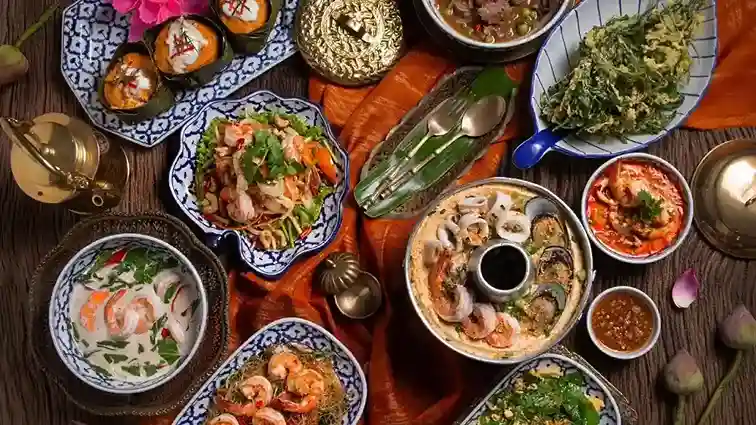
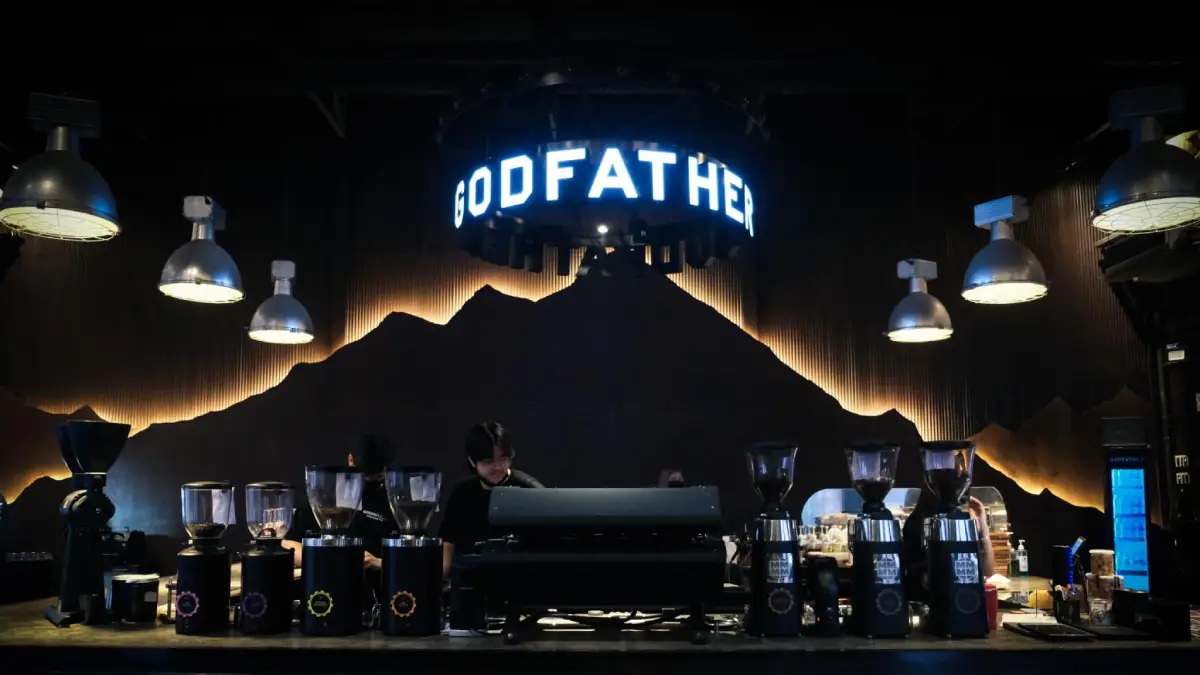
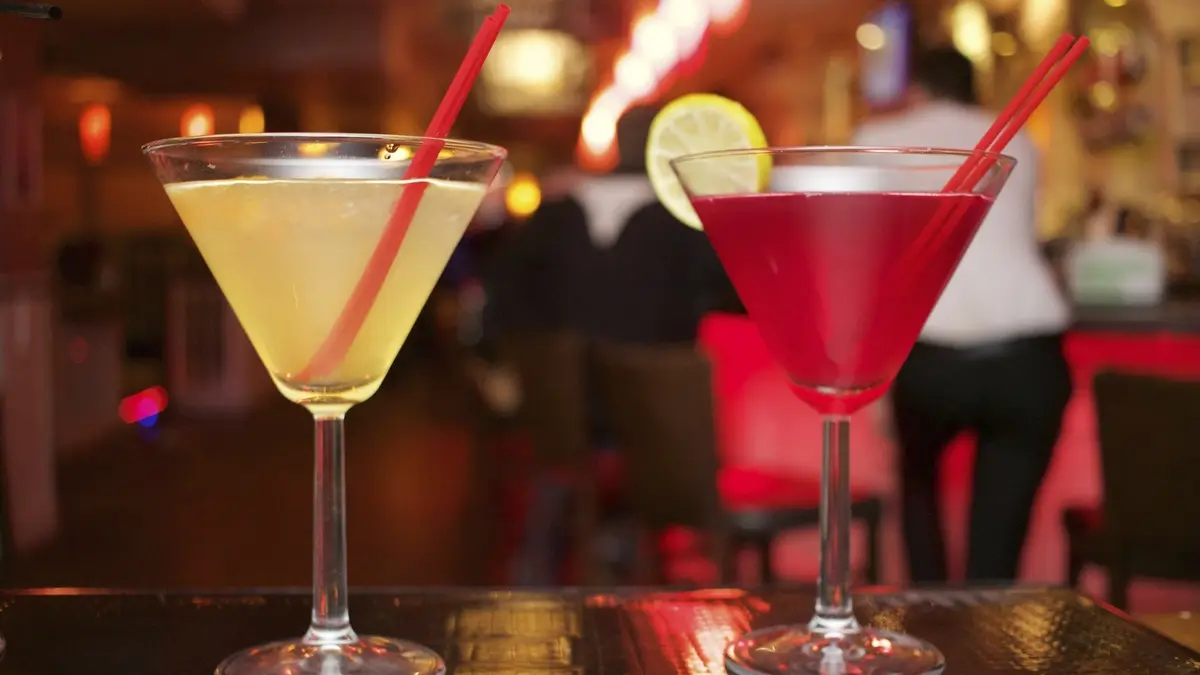
Our Favorite Pick!
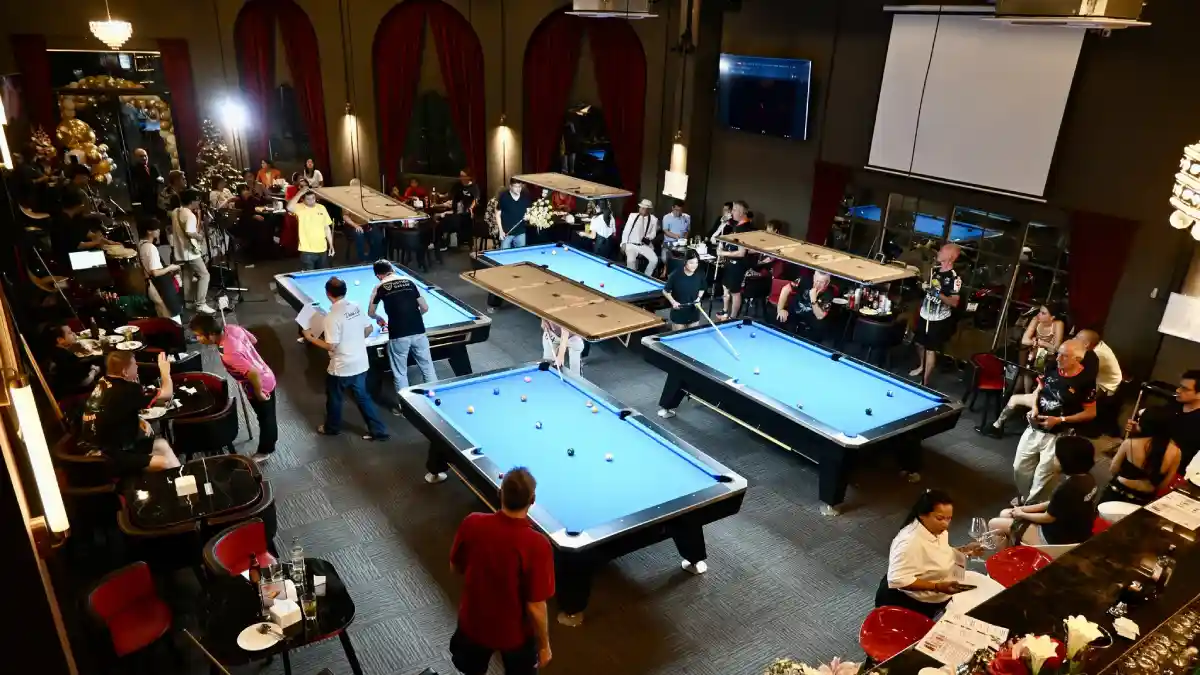
Where to Stay
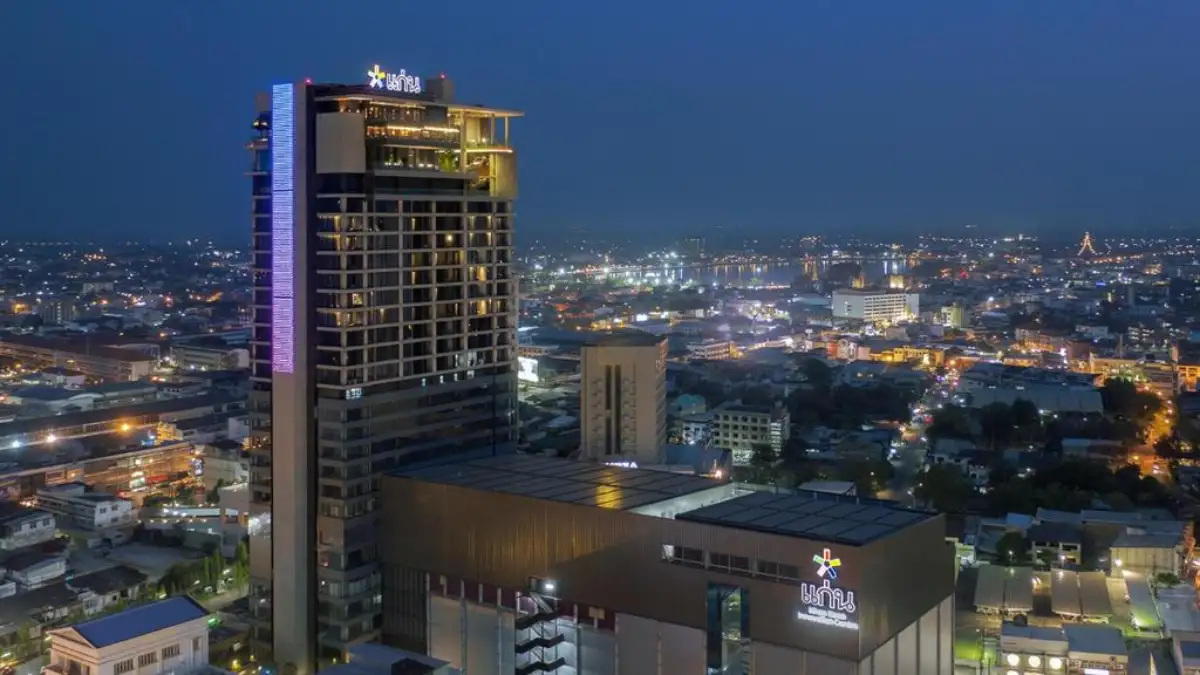
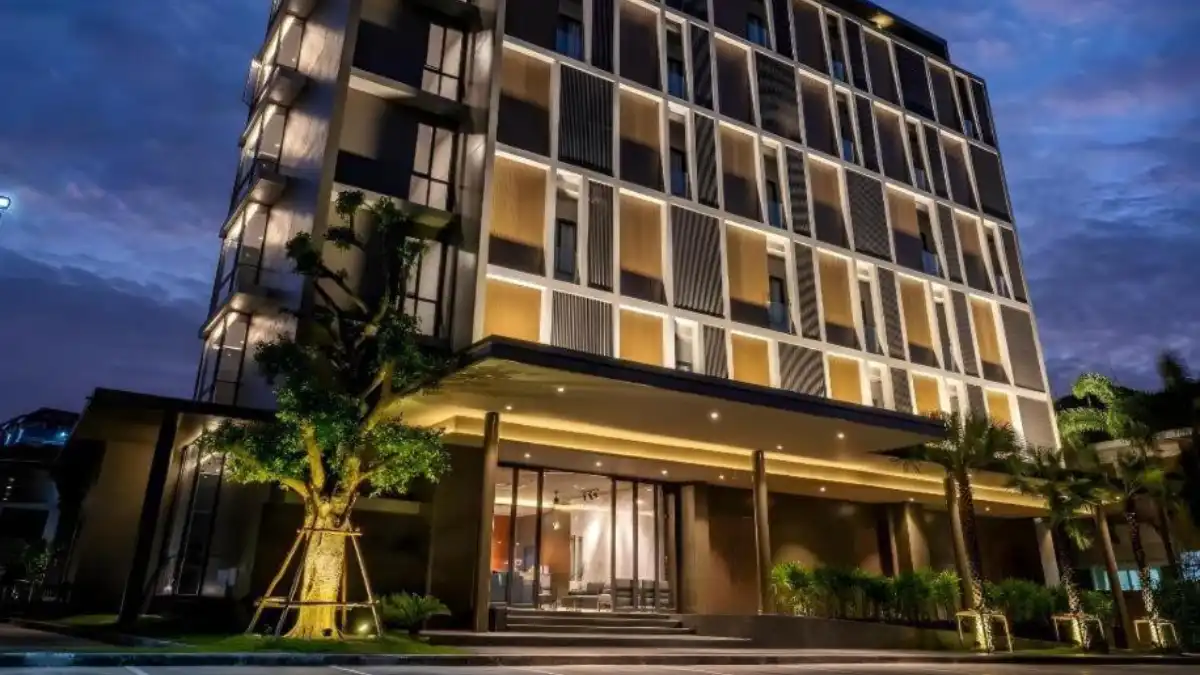
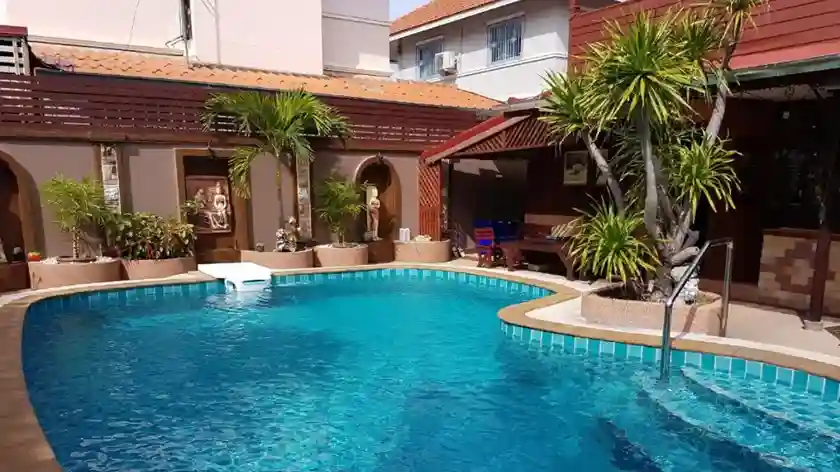
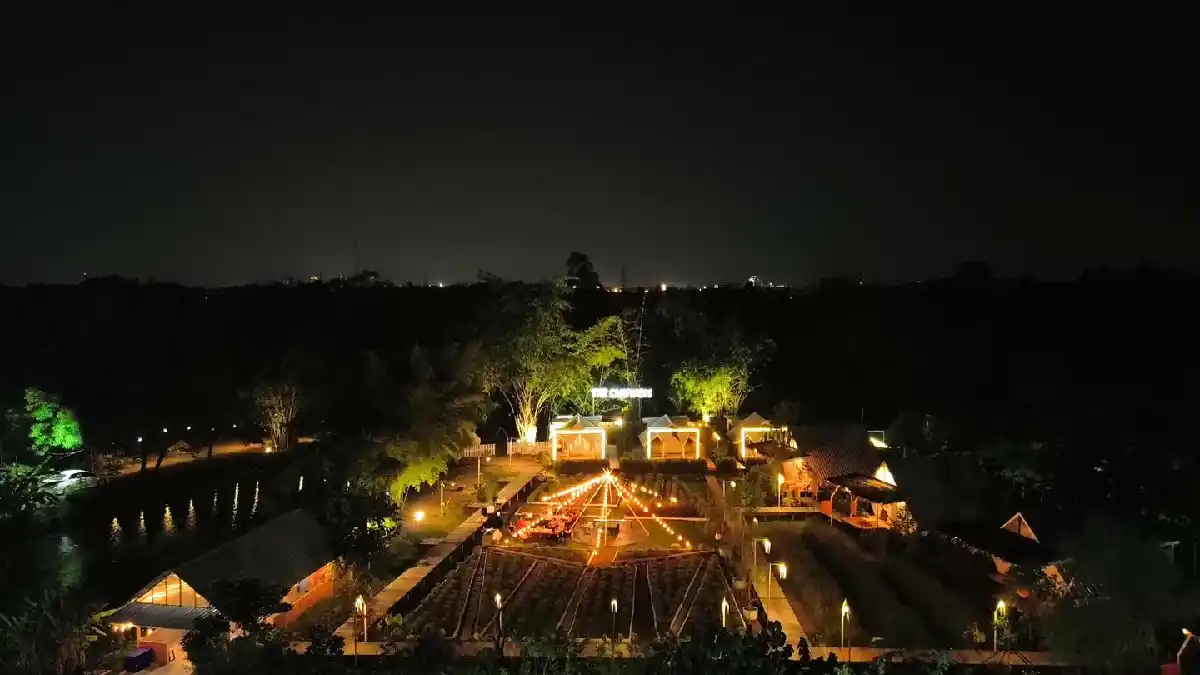
48 Hours in Khon Kaen
Day 1
- Morning: Wat Nong Wang → Coffee at a local café
- Lunch: Som tam & grilled chicken at Ton Tann (day vendors)
- Afternoon: Khon Kaen National Museum
- Evening: Street food at Ton Tann Night Market → Craft beer bar
Day 2
- Morning: Ubolratana Dam → Phu Wiang National Park
- Lunch: Lakeside grilled river fish
- Afternoon: Silk-weaving village visit
- Evening: Rooftop dinner in Khon Kaen before departure
Loading current weather…
Best Time to Visit Khon Kaen: Average Monthly Weather
Uncovering the Soul of Khon Kaen
Imagine ascending a nine-tiered stupa, each level revealing intricate murals that whisper tales of ancient epics, until you reach the summit where a gentle breeze carries the scent of blooming flowers from the lake below. This is Wat Nong Wang in Khon Kaen, a city that serves as the beating heart of Thailand’s Isaan region, where urban vibrancy meets timeless traditions. Far from the crowded beaches of the south, Khon Kaen offers a quieter, more authentic glimpse into northeastern Thai life, drawing visitors with its blend of cultural heritage, prehistoric wonders, and community-driven experiences.
Cultural Heart of Khon Kaen
As you step into Wat Nong Wang, the air hums with quiet reverence. The centerpiece, Phra Mahathat Kaen Nakhon, rises 80 meters high with its golden roof gleaming under the Isaan sun. Built in 1996 to mark the province’s 200th anniversary and the golden jubilee of the late King Bhumibol Adulyadej, this nine-tiered structure houses sacred Buddha relics, drawing pilgrims and travelers alike. Climbing the stairs feels like a journey through time: lower levels feature murals depicting the Lao epic Sang Sinxay, a 17th-century tale of heroism and adventure, while higher floors offer exhibits on Buddhist teachings. At the top, the 360-degree panorama over Bueng Kaen Nakhon Lake is breathtaking, especially at sunset when the sky paints the water in hues of orange and pink. Visit in the cooler months from November to February to avoid the midday heat, and remember to dress modestly—shoulders and knees covered—as a sign of respect. Entry is free, but a small donation of 20 Thai Baht (~US$0.62) supports temple maintenance. For photographers, the early morning light casts dramatic shadows on the stupa’s tiers, revealing hidden angles that capture the essence of Isaan spirituality.
In the heart of the city, the Khon Kaen National Museum stands as a gateway to Isaan’s prehistoric past. Here, exhibits chronicle the region’s cultural evolution, from the Ban Chiang civilization—recognized by Unesco for its 5,000-year-old pottery and bronze artifacts—to more recent historical artifacts. The museum’s collection includes tools, ceramics, and sculptures that paint a vivid picture of early settlements in the Northeast. Wandering through the halls, one can almost hear the echoes of ancient communities that thrived along the Chi River. It’s a reflective stop for history enthusiasts, offering context to the surrounding landscapes shaped by millennia of human activity. Open daily except Mondays, admission is 30 Thai Baht (~US$0.92) for foreigners. Pair your visit with a stroll around nearby Kaen Nakhon Lake, where locals jog and vendors sell fresh fruit, blending education with everyday Isaan life.
Prehistoric Wonders at Phu Wiang
Venture 84 kilometers northwest of the city, and you enter a world where dinosaurs once roamed. Phu Wiang National Park, spanning over 380 square kilometers, is Thailand’s dinosaur capital, with fossils dating back 150 million years. The first discovery here in 1976 sparked a paleontological boom, leading to the identification of species like Phuwiangosaurus sirindhornae, a long-necked sauropod named after Princess Maha Chakri Sirindhorn, and Siamotyrannus isanensis, an early relative of Tyrannosaurus rex. At the Phu Wiang Dinosaur Museum within the park, visitors encounter life-sized replicas, fossil displays, and interactive exhibits that bring these prehistoric giants to life. Hike the scenic trails to active dig sites, where the thrill of unearthing a bone fragment feels palpable—though guided tours are recommended for safety. The park’s circular mountains, formed by ancient tectonic shifts, add a dramatic backdrop. Entry costs 200 Thai Baht (~US$6.17) for foreigners, and it’s best visited from October to May when trails are dry. Families often linger here, inspired by the stories of local villagers who now serve as guides, sharing how these discoveries transformed their community into a hub of sustainable tourism.
Leisure and Local Life
Built in 1964 and originally named Phong Neeb Dam, Ubolratana Dam created a vast reservoir that sustains Khon Kaen’s agriculture and electricity needs. Today, the lake, surrounded by rolling hills, is a peaceful escape for boat rides and fishing. Glide across the water in a rented longtail boat for 300 Thai Baht (~US$9.25) per hour, casting lines for tilapia or simply soaking in the tranquility. Lakeside eateries serve grilled river fish fresh from the catch, paired with sticky rice—a staple of Isaan cuisine. The dam’s history reflects Thailand’s push for development in the mid-20th century, but its natural beauty draws picnickers and birdwatchers. Visit during the dry season to avoid floods, and consider a homestay nearby for an immersive rural experience. This spot embodies Khon Kaen’s balance between human ingenuity and nature’s calm.
As dusk falls, Ton Tann Market comes alive on Mittraphan Road, a 40-rai expanse bustling with 800 stalls. Launched with a 350 million Thai Baht (~US$10.79 million) investment, it features flea markets, fashion outlets, and 200 food stalls dishing out Isaan specialties like fiery som tam and grilled chicken. Live music, puppet shows, and local dances fill the air, creating a festive atmosphere open from 4pm to 11pm daily. Pet-friendly and family-oriented, it’s a spot where locals and visitors mingle over handicrafts and street eats. Bargain for souvenirs under 100 Thai Baht (~US$3.08), and don’t miss the decorative plant zone for unique home finds. This market captures Khon Kaen’s creative energy, boosted by events like the Isaan Creative Festival.
Isaan’s Living Traditions
In the silk-weaving villages of Chonnabot, about 50 kilometers south of the city, the rhythmic clack of looms tells a story of heritage. Artisans hand-weave Mudmee silk in vibrant patterns, using organic dyes from local plants like banana and Indian almond. Collaborations with designers preserve ancient techniques, such as gold-thread integration and batik, while creating modern pieces. Watch the process—often a family affair—and purchase scarves for 500 Thai Baht (~US$15.42) directly from weavers. This district highlights Isaan’s textile legacy, with roots in community-driven conservation. Arrive early to see demonstrations, and combine with a visit to nearby temples for a full cultural immersion.
Khon Kaen’s allure extends far beyond its urban core, encouraging multi-day explorations. Venture to nearby homestays in Ban Sila for farming experiences or tie-dye workshops inspired by dinosaur motifs. The region’s festivals, from Songkran water celebrations at Kaen Nakhon Lake to the Silk Festival in November, foster connections with locals. As Khon Kaen aims for Unesco Geopark status for Phu Wiang, its blend of history, nature, and innovation promises evolving adventures. In this gateway to Isaan, every path leads to a deeper understanding of Thailand’s resilient spirit, leaving visitors with stories as enduring as the fossils beneath its soil.





